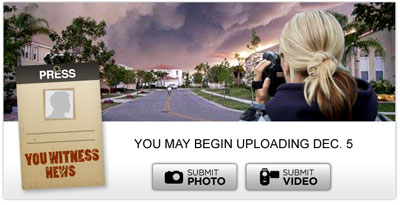A few nuggets from Lost Remote Managing Editor Steve Safran’s Newsroom New Year’s resolutions for 2007:
Start thinking of the web as more than our newscast online
Your website is a new channel, not just a new way of repurposing your news. If you were magically given a new TV channel, you wouldn’t populate it with your newscast over and over, would you? So why are you doing that online? … Think of the website as a new channel instead of a news site.Integrate blogging into our newsroom
I know, change is painful. It’s additional work, yes. Not a ton, but some. Get over it. Workflows change.Prepare my site for the 2008 elections
Now’s your chance. There will be a lot of money going into online advertising for the election. And you can get it. But only if you can make a compelling case that your site deserves it.Never allow the words “added value” in my shop again
As long as you are training your advertisers that the web is added value, you are telling them it is NO value.Existing newsies need to know the painful truth: we have to work on more platforms as part of our jobs now. If we don’t want to, that’s fine. Younger people who will work for less will be graduating this June. And next June. And the following June…
I started flogging this mule almost ten years ago. And I couldn’t fill a teacup with the progress I’ve made. But then, June is just around the corner.


 Working late tonight. Had my dinner at my desk while watching ABC’s World News Webcast. Ran almost 17 min with no commercials except for a little spot at the beginning and end. Perfect. It had a more relaxed feel but that might have been my imagination. The quality of the video was exceptional and the 320 pixel video is fine when you’re 18 inches away. I paused a couple of times while I tended to other business. If you think you’re pretty fast on the Blackberry,
Working late tonight. Had my dinner at my desk while watching ABC’s World News Webcast. Ran almost 17 min with no commercials except for a little spot at the beginning and end. Perfect. It had a more relaxed feel but that might have been my imagination. The quality of the video was exceptional and the 320 pixel video is fine when you’re 18 inches away. I paused a couple of times while I tended to other business. If you think you’re pretty fast on the Blackberry,